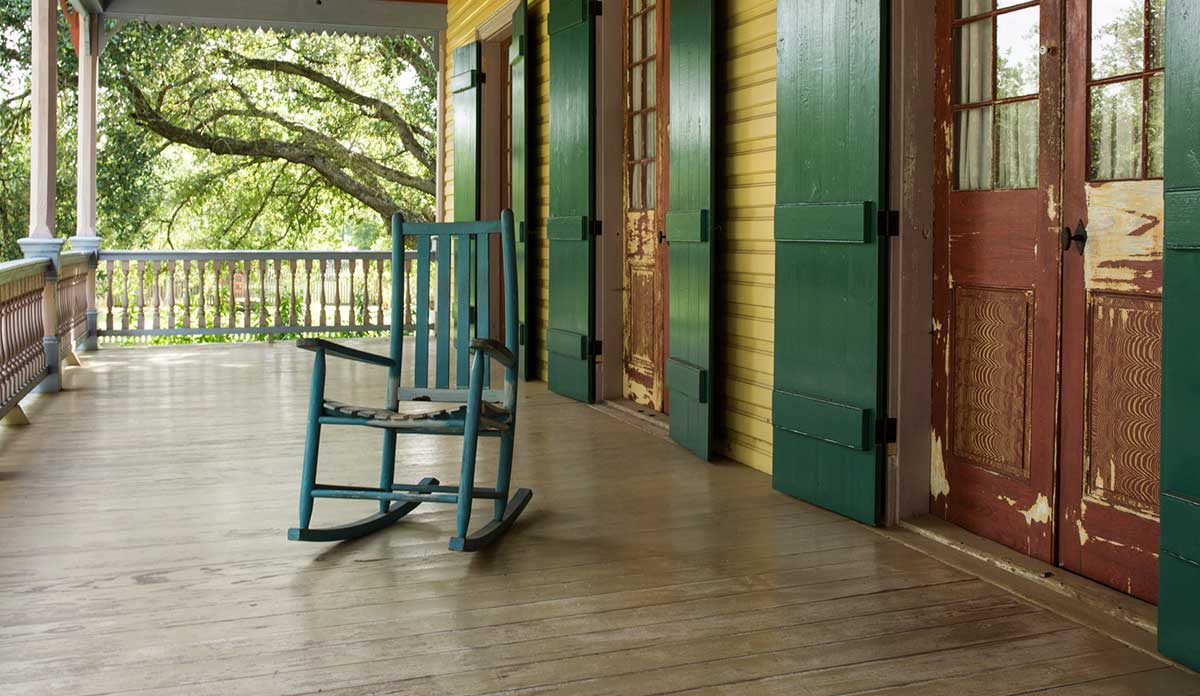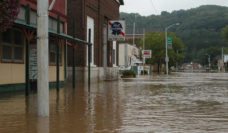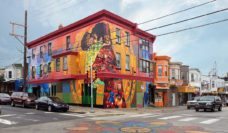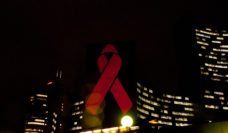The Southern United States has been disproportionately affected by HIV, as this region has consistently experienced the highest HIV diagnosis rates and death rates of any US region. The Deep South region of the US South (defined herein as Alabama, Florida, Georgia, Louisiana, Mississippi, North Carolina, South Carolina, Tennessee, and Texas) has borne a particularly high disease burden for HIV and is a significant driver of the US HIV epidemic. We recently published an article in the Journal of Community Health documenting the higher HIV and AIDS diagnosis rates in the Deep South from 2008-2014 in comparison to other US regions.
The Deep South also had the highest number of people diagnosed with HIV during this time period along with highest number of individuals living with HIV of any US region. Additionally, deaths among individuals diagnosed with HIV are highest in the Deep South region. African Americans have been especially hard hit by HIV and represent a majority of new diagnoses as well as a majority of people living with HIV in the Deep South. New diagnoses among African American men who have sex with men continue to increase in the Deep South and the United States overall.
Despite the greater concentration of HIV in the US Deep South, federal funding for HIV care (non-Medicaid and Medicare) and prevention continues to lag in the region, primarily due to lower levels of CDC funding per person living with HIV. Private funding for HIV is also less per capita in the Deep South. According to a study by Funders Concerned about AIDS, only 12% of private foundation funding for HIV in the US was allocated to the Deep South in 2014 although 40% of those diagnosed with HIV in 2014 resided in the Deep South. In addition, all but one of the Deep South states have not expanded Medicaid, further limiting access to comprehensive health care among those not eligible for the Affordable Care Act or other private insurance options.
The majority of the Deep South States have prosecuted people living with HIV for actions like spitting or biting that pose negligible or no risk of HIV transmission.
The etiology of the Deep South epidemic is complex and multifaceted. Our article in the Journal of Community Health on HIV in the Deep South highlights recent research identifying contributing factors to the disproportionate HIV burden in the US South and Deep South, including pervasive and multi-layered HIV-related stigma, poverty, high levels of sexually-transmitted infections, racial inequality and bias, barriers to medical and social services, and laws that further HIV-related stigma and fear. Laws that criminalize HIV-related sexual and other behaviors and prohibit syringe exchange are commonplace in the Deep South. The majority of the Deep South States have prosecuted people living with HIV for actions like spitting or biting that pose negligible or no risk of HIV transmission.
Our report recommends closing the gap in federal and private funding for HIV prevention and care, along with additional strategies to address the factors fueling the epidemic in the Deep South. These strategies include enhancing current HIV care and prevention models to better address social determinants of health and disseminating innovative interventions to reduce the significant impact of stigma on engagement in HIV prevention and care.
These strategies are consistent with recommendations in the National HIV/AIDS Strategy, which contains a goal for a 15% reduction in HIV diagnosis rate disparities in the South and outlined approaches to address HIV including allocating funding to be consistent with the geographic distribution of the epidemic, implementing holistic HIV care, and reducing HIV stigma and its negative consequences. Addressing the structural, financial, and cultural factors that contribute to the disproportionate Southern HIV epidemic will be critical to meeting the goals of the HIV/AIDS strategy and successfully abating the disease in the United States.
Feature image: Shawn Harquail, The old rocking chair, Laura Plantation, Vacherie, Louisiana, USA, used under CC BY-NC 2.0
















